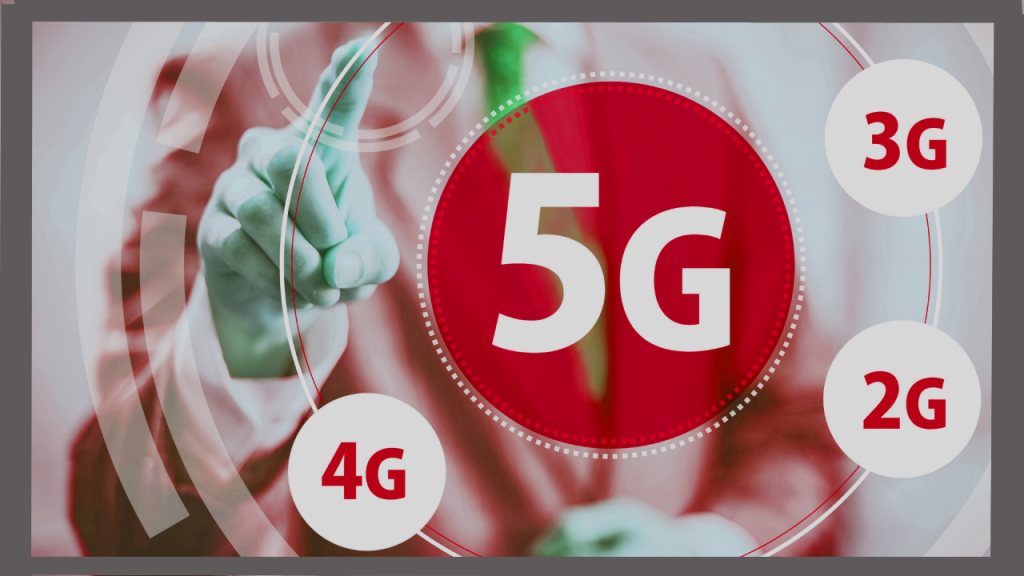

Mobile telecommunications technology:
Mobile telecommunications technology has evolved through several generations, each bringing significant advancements in speed, capacity, and functionality. Here’s an overview of each generation:
- 1G (First Generation):
- Introduced in the 1980s, 1G networks were analog systems providing basic voice calling services.
- The technology was limited in capacity and security, and it didn’t support data transmission.
- Analog technology providing basic voice services.
- Data speeds: N/A (No data services provided).
- 2G (Second Generation):
- Rolled out in the early 1990s, 2G networks marked the transition to digital technology, offering better voice quality and more efficient use of spectrum.
- 2G introduced services like SMS (Short Message Service) and basic data connectivity.
- Technologies included GSM (Global System for Mobile Communications) and CDMA (Code Division Multiple Access).
- Data speeds: Up to 0.3-0.5 Mbps.
- 2.5G (Second and a half Generation):
- 2.5G technologies like GPRS (General Packet Radio Service) and EDGE (Enhanced Data rates for GSM Evolution) enhanced data capabilities within 2G networks.
- GPRS enabled packet-switched data transmission, facilitating services like internet browsing and email.
- Data speeds: Up to 0.1-0.5 Mbps for GPRS, and up to 0.2-1.0 Mbps for EDGE.
- 3G (Third Generation):
- Introduced in the early 2000s, 3G networks provided higher data speeds and enabled multimedia services such as video calling, mobile internet, and video streaming.
- Technologies included UMTS (Universal Mobile Telecommunications System) and CDMA2000.
- 3G networks significantly expanded the capabilities of mobile devices beyond basic communication.
- Data speeds: Typically ranging from 0.5 Mbps to several Mbps, with later revisions offering up to 42 Mbps (HSPA+) and beyond.
- 3.5G and 3.75G:
- These are intermediate technologies bridging the gap between 3G and 4G.
- Examples include HSPA (High-Speed Packet Access) and HSPA+ (Evolved High-Speed Packet Access), offering faster data speeds and improved efficiency within 3G networks.
- Data speeds: Typically up to 14 Mbps for HSPA, and up to 42 Mbps for HSPA+.
- 4G (Fourth Generation):
- Deployed around the late 2000s and early 2010s, 4G networks provided even higher data speeds, lower latency, and improved spectral efficiency compared to 3G.
- LTE (Long-Term Evolution) and WiMAX (Worldwide Interoperability for Microwave Access) were the primary technologies for 4G.
- 4G enabled bandwidth-intensive applications such as high-definition video streaming, online gaming, and cloud services.
- Data speeds: Typically ranging from 5 Mbps to over 100 Mbps, with LTE-A (LTE Advanced) offering peak speeds of up to 1 Gbps or more.
- 5G (Fifth Generation):
- Currently being rolled out globally, 5G represents the latest advancement in mobile telecommunications.
- 5G promises significantly faster data speeds, ultra-low latency, increased capacity, and support for a massive number of connected devices.
- It is expected to enable transformative technologies such as the Internet of Things (IoT), autonomous vehicles, augmented reality (AR), and virtual reality (VR), among others.
-
Initial deployments offer peak speeds from hundreds of Mbps to multiple Gbps, with further improvements anticipated in future phases.
Post Views: 56

ইংরেজি বুজিনা
বাংলায় লেখন যায়না জনাব?